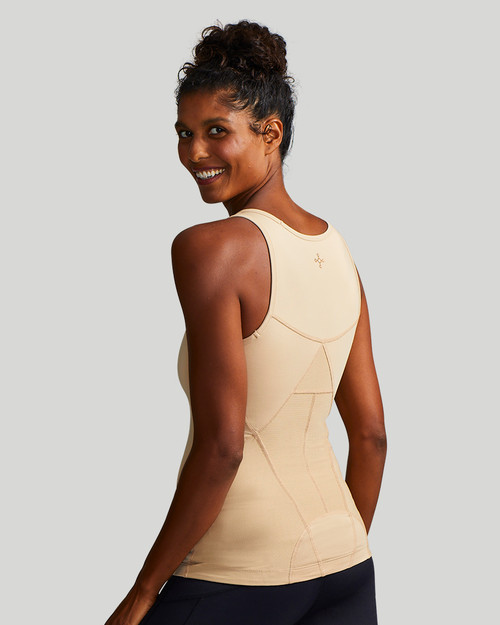How to Choose: Hot and Cold Pain Relief
Aug 18, 2021
How to Choose: Hot and Cold Pain Relief
When you’re in pain, it’s difficult to think of anything else. If you’re questioning whether you should use heat or ice for sore muscles, you’re in the right place. Using ice or heat for a pulled muscle is a great way to relieve pain, but you have to know which one to use. One decreases blood flow, while the other increases circulation. Heat is great for increasing blood flow and relieving stiff joints in the knee or elbow. Cold is perfect for reducing inflammation and managing swelling. So, which do you use: heat or ice for sore muscles?
In this guide, we’re going to take a closer look at these tips that will make employing ice or heat on an injury a much simpler decision.
- Heat: How It Supports You
- How to Use It
- When You Shouldn’t Use It
- Cold: How It Supports You
- How to Use It
- When You Shouldn’t Use It
Let’s dive a little deeper and go into some specific pain that using heat and cold can help.
1. Heat: How It Supports You
Heat is a great pain reliever from sore muscles and tight muscles. It is sometimes recommended for those who suffer from arthritis. The application of heat works by opening up your blood vessels and aiding in the healing process. This type of therapy works best on injuries that are a few days old and are usually associated with muscle pain and stiffness.
Most people generally think of applying ice to an injury they’re experiencing, which is why it’s so important to know how to apply heat and when not to use it.
2. How to Use It
When considering heat or ice for sore muscles, heat wins in terms of longevity. Heat therapy can be used for well over 30 minutes without causing any damage to your skin. Using a dry heat, like heating pads, is great for spot treatments on sore calves and other muscles. While opting for steamed towels or hot baths is a great way to provide relief to your whole body.
If you’re wondering whether you should use ice or heat for a pulled muscle, it’s best to think about how and when you got the injury, so you can effectively use heat or ice for sore muscles that need relief.
But is heat necessary for your specific injury or condition? When shouldn’t you use heat?
3. When You Shouldn’t Use It
- If you have diabetes or dermatitis
- If the injury is acute (applying heat too soon to an acute injury can increase swelling rather than reduce it)
- If the muscle, joint, or tendon is inflamed
- If you have a vascular disease or multiple sclerosis
- If you have deep vein thrombosis
Heat can be a great pain reliever and serve to reduce swelling, but it isn’t always appropriate. This brings us to our next point: understanding how to apply cold and when to apply it for certain conditions.
4. Cold: How It Supports You
Also known as cryotherapy, using cold to manage pain is incredibly effective. This works by constricting blood flow to a certain area. This reduces inflammation and swelling, specifically around joints and tendons. This type of therapy can also temporarily reduce nerve activity, further reducing pain. If you’re debating between heat or ice for sore muscles on your body, take a closer look at what cold therapy can do for back pain and other body parts and how to use it to your benefit.
5. How to Use It
Cold therapy is a little trickier than heat. Because most treatments use below-freezing temperatures, it’s important to limit yourself to no more than 20 minutes. When using ice or heat for a pulled muscle, it’s important to be careful. Also, be sure to never directly apply ice to the skin, which may cause nerve, tissue, and skin damage. Opt for an ice pack wrapped in a towel for spot treatment or a brief ice bath for all-over relief. When using the cold for pain, be sure to act fast after the injury to prevent swelling and decrease the chances of further damage and make sure you rest too.
However, applying cold shouldn’t be done just because the condition is the opposite of what’s needed for sore or tight muscles. Here are some scenarios in which cold may not be the best thing to use for your current pain.
6. When You Shouldn’t Use It
- If the muscles and joints are stiff
- If you have poor circulation
- Don’t use ice on the front or side of your neck
Heat or ice for sore muscles is a great way to start relieving pain, but when ice or heat for a pulled muscle isn’t working, Tommie Copper® has you covered! We’re here to ease your pain with our Hot And Cold Wraps, Pain Relief Sprays, and Compression Wear. Trust our innovative products to help you feel better now!





